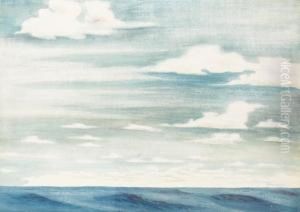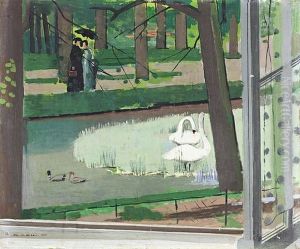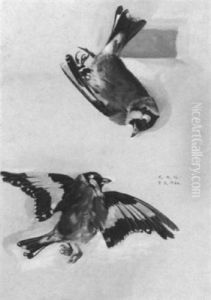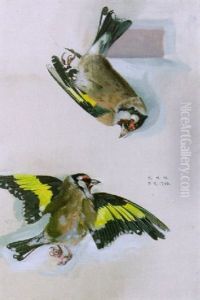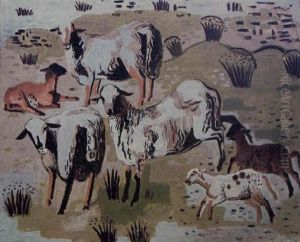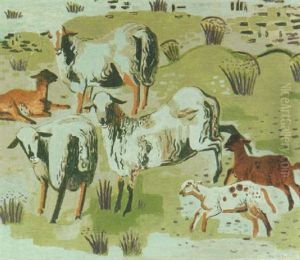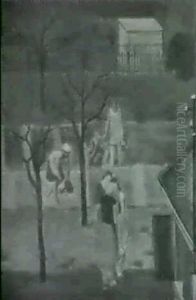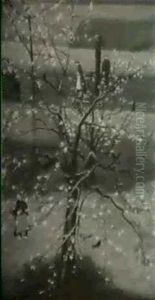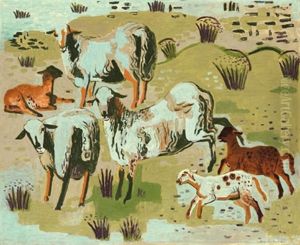Kay Heinrich Nebel Paintings
Kay Heinrich Nebel was a German-American artist known for his abstract compositions and his contribution to the development of modern art in the 20th century. Born on January 10, 1895, in Lodz, then part of the Russian Empire, Nebel grew up in a period of significant artistic change that saw the emergence of various avant-garde movements across Europe.
Nebel's early work was influenced by Expressionism, a movement that emerged in Germany in the early 20th century. The movement was characterized by a focus on representing emotional experiences rather than physical reality, often using bold colors and dynamic brushstrokes. However, as his style evolved, Nebel began to gravitate towards abstraction, which became a defining feature of his art.
During the 1920s and 1930s, Nebel was part of the vibrant artistic community in Berlin. He was associated with the November Group (Novembergruppe), a collective of German artists who sought to express their experiences of World War I and its aftermath through their art. The group was a melting pot of various modernist styles, including Expressionism, Dada, and Constructivism.
With the rise of the Nazi regime in the 1930s, Nebel, like many other artists whose work did not conform to the state-sanctioned style of realism, faced increasing oppression. In 1939, he emigrated to the United States to escape the political turmoil in Europe. Settling in New York City, he became part of the burgeoning art scene there, interacting with other émigré artists and contributing to the exchange of ideas that would eventually lead to the Abstract Expressionist movement.
In the United States, Nebel continued to explore abstraction, although his work remained distinct from the action painting of the Abstract Expressionists. His paintings often featured geometric forms and a restrained palette, which reflected an ongoing interest in the balance between form and color.
Kay Heinrich Nebel's art was exhibited in various galleries and museums throughout his career, and his contributions to the field of abstract art were recognized by his contemporaries. Despite the challenges he faced, including the difficulty of establishing himself in a new country, Nebel continued to produce work that was both innovative and reflective of the tumultuous times he lived in.
Nebel passed away on October 29, 1973, in New York City. Today, his work is part of several collections and continues to be studied by art historians as an example of the international scope of abstract art and the interplay between European modernist traditions and American art movements.
